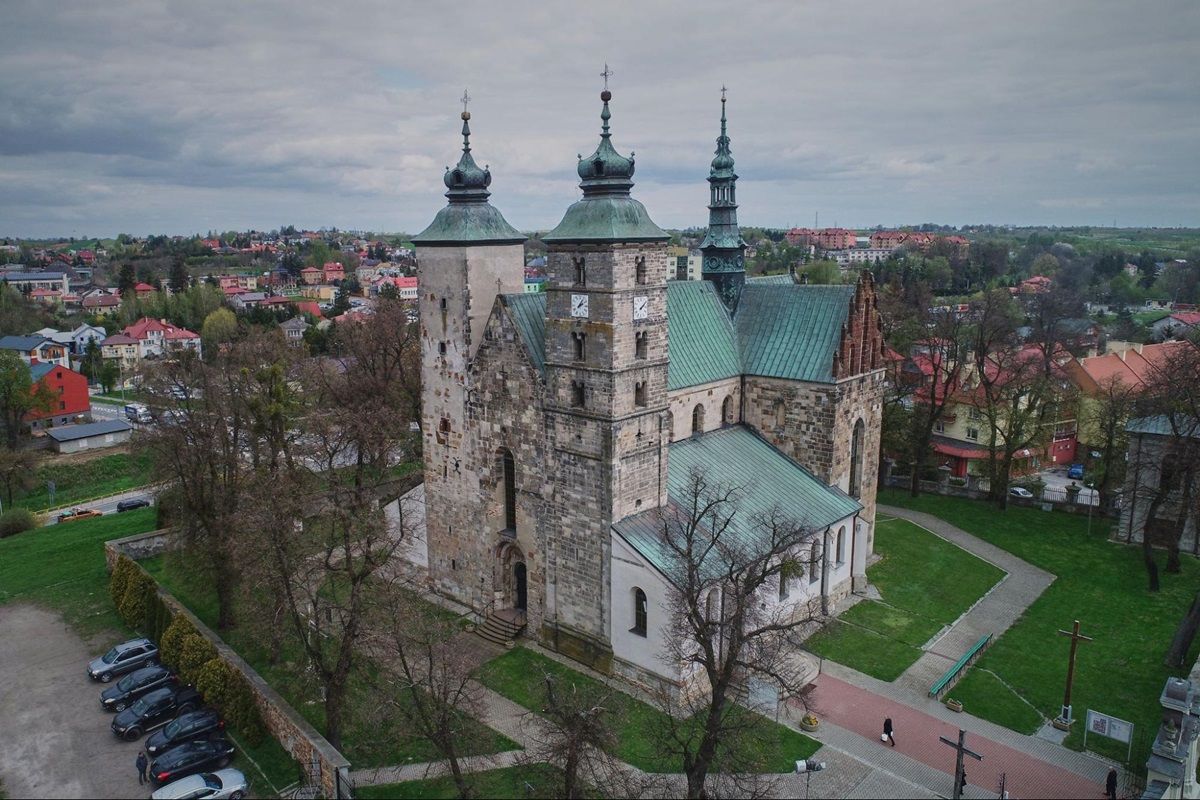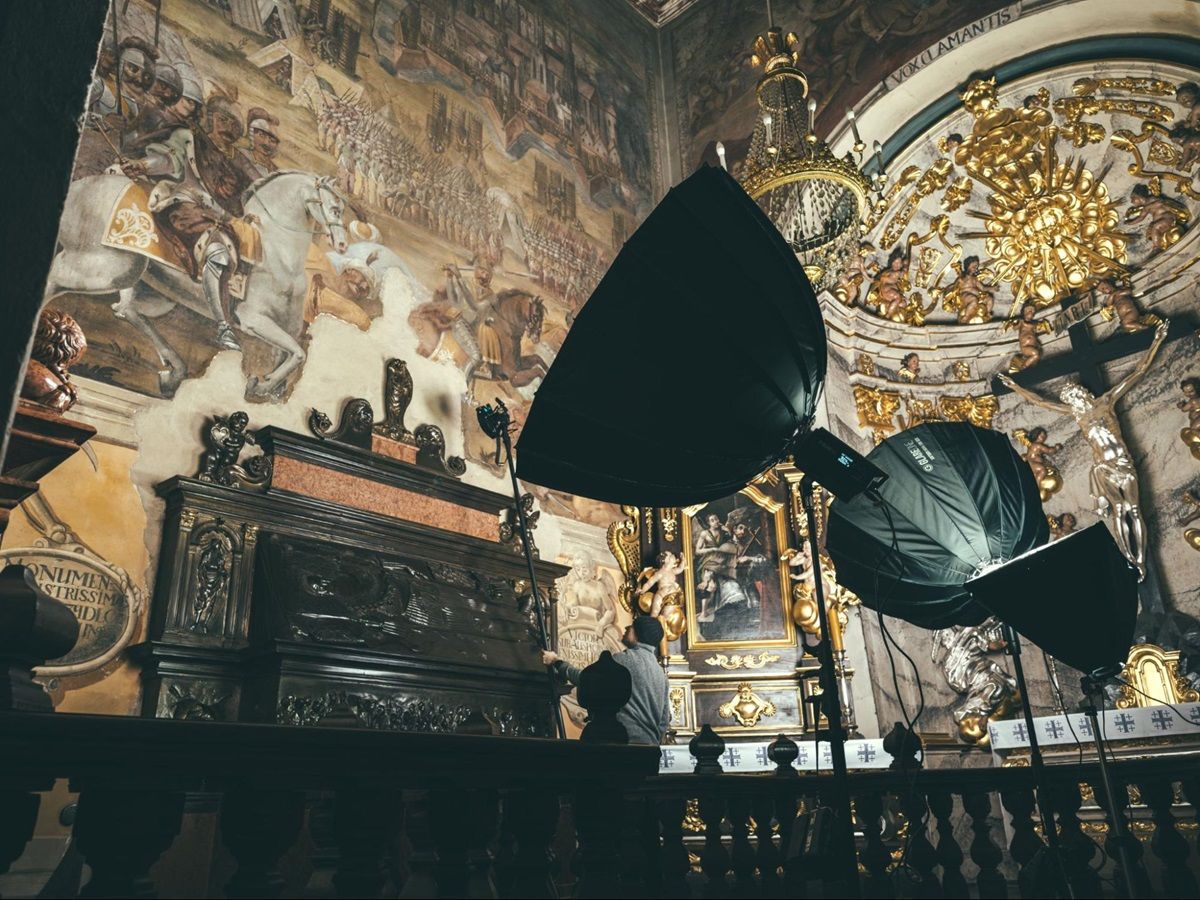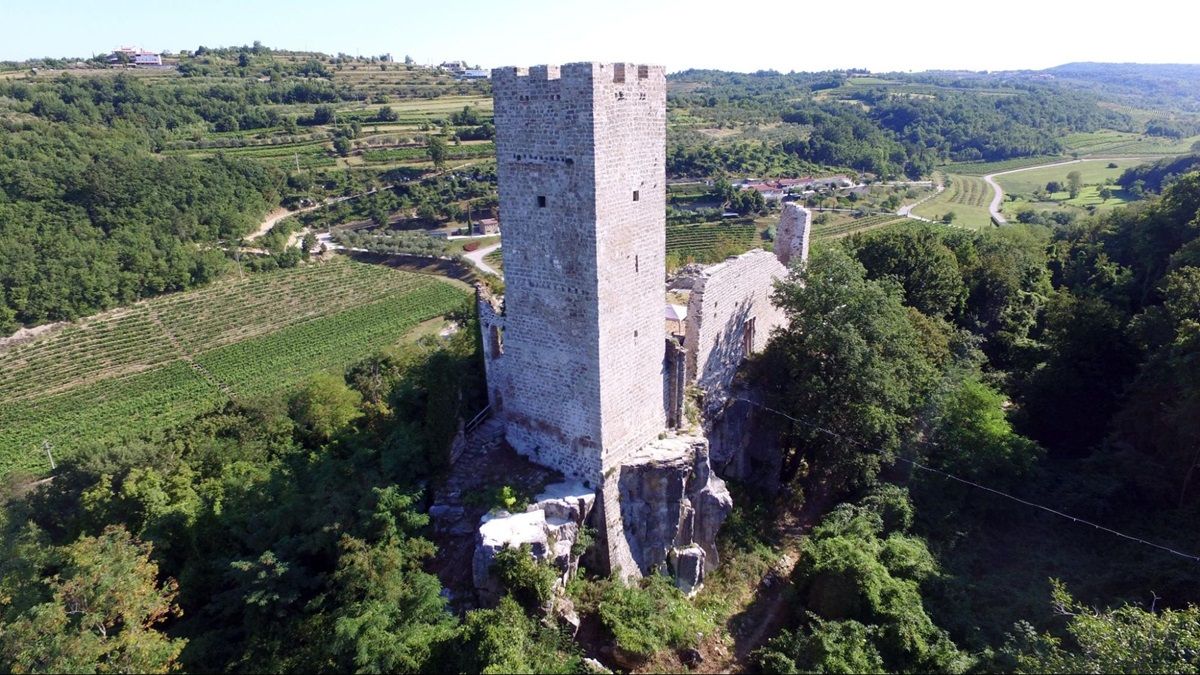Twin it! invites all EU Ministries of Culture to liaise with their national cultural institutions to submit at least one 3D digitised heritage asset to the common European data space for cultural heritage. The campaign looks for assets which are considered cultural heritage at risk, among the most physically visited monuments, buildings and sites in that country, or belong to a category with low levels of digitisation. In doing so, Twin it! collects emblematic and high-quality samples of Europe’s cultural assets in 3D, supports Member States in their 3D digitisation and preservation efforts, and advances the goals of the 2021 European Commission Recommendation on a common European data space for cultural heritage.
With the breadth of Europe’s rich cultural heritage, how do Member States approach selecting their assets? Katarzyna Waletko, Chief Specialist for the digitisation of cultural resources in the Polish Ministry of Culture and National Heritage, Twin it! contact point in Poland, and Jelena Rubić, Head of the Cultural Heritage Digitisation Office at the Ministry of Culture and Media, Croatian Twin it! contact point, give insights from their own experience.
The Polish approach: a call for proposals
To select an asset for Twin it!, the Polish Ministry of Culture launched a call for proposals open to institutions with experience working on 3D digitisation projects. Katarzyna explains, ‘As a result of the call we received 11 proposed objects (including sculptures, buildings and small museum objects) from five institutions: four national museums and the National Institute of Cultural Heritage (Narodowy Instytut Dziedzictwa), a governmental institution providing expert and consultative support in the field of protection and care of monuments.’
The Ministry, represented by the Digital Culture Team, carefully considered the applications, taking into account the location of the asset and its tourism potential; the importance, scale, history of the object; and the possibility of presenting objects of various sizes (for example, a whole building and its interior).
The asset eventually selected was proposed by the National Institute of Cultural Heritage: the Collegiate Church of St. Martin the Bishop of Tours in Opatów, with the tombstone of Krzysztof Szydłowiecki, a Grand Chancellor of the Crown from the early 16th century.
The Croatian approach: looking to established projects
To choose their asset, the Croatian Ministry of Culture and Media consulted the project ‘eCulture: Digitisation of cultural heritage’, which is developing a national central infrastructure for the storage, access, aggregation and discovery of cultural heritage material. The project is in partnership with the Croatian National Archives, the Croatian Radio Television, the Museum of Arts and Crafts, and the National and University Library in Zagreb, and its work encompasses research and analysis on developing 3D digitisation of cultural heritage in Croatia. Based on data from an expert working group on 3D digitisation, the project has published a framework on a standardised approach to 3D and a priority for digitisation of cultural heritage.
Understanding the primary goal of 3D digitisation as the preservation of cultural heritage assets helped the project and Ministry to identify and prioritise objects that are at risk of deterioration or loss, and ensure their long-term preservation in a digital format. Based on this assessment, Croatia chose Rota Castle in Momjan, a medieval castle located at the northwest end of the Istrian peninsula, as their submission for Twin it!.
About the assets
The submission from Poland, the Complex of the Collegiate Church of St. Martin in Opatów, is one of the most valuable monuments of Romanesque architecture and one of the best-preserved 12th-century basilicas in Poland. It houses examples of art from the Gothic, Renaissance and Baroque periods, including, the tombstone epitaphs of Krzysztof Szydłowiecki and his family, and a masterpiece illuminated manuscript of a king's privilege granted to the town of Opatów.
A decree of the President of the Republic of Poland recognised the complex as a Monument of History (an outstanding example of Polish heritage) in 2023, and the 3D digitisation of the complex offers an opportunity to better exploit its tourism potential. The historical objects the building contains are not digitised yet, and so submitting the asset to the Twin it! Campaign provides an opportunity to bring the treasures to wider audiences through digitisation.





